3D modelers typically begin with a low-resolution topology and add more features to the 3D model. However, in fact, there are many practical techniques for generating a 3D model regarding the type of item, its function, and the individual taste of different artists. Many people may need help applying these techniques to their 3D models
This article will give you general information about five types of Advanced 3d Modeling Techniques on the market currently.
What Is 3D Modeling Process?
The process of constructing three-dimensional representations of an object or a surface is known as 3D modeling. 3D models can help use computer-based 3D modeling software, which we’ll look at in more detail afterward. The 3D artists may determine an item’s size, form, and texture throughout the 3D modeling process.
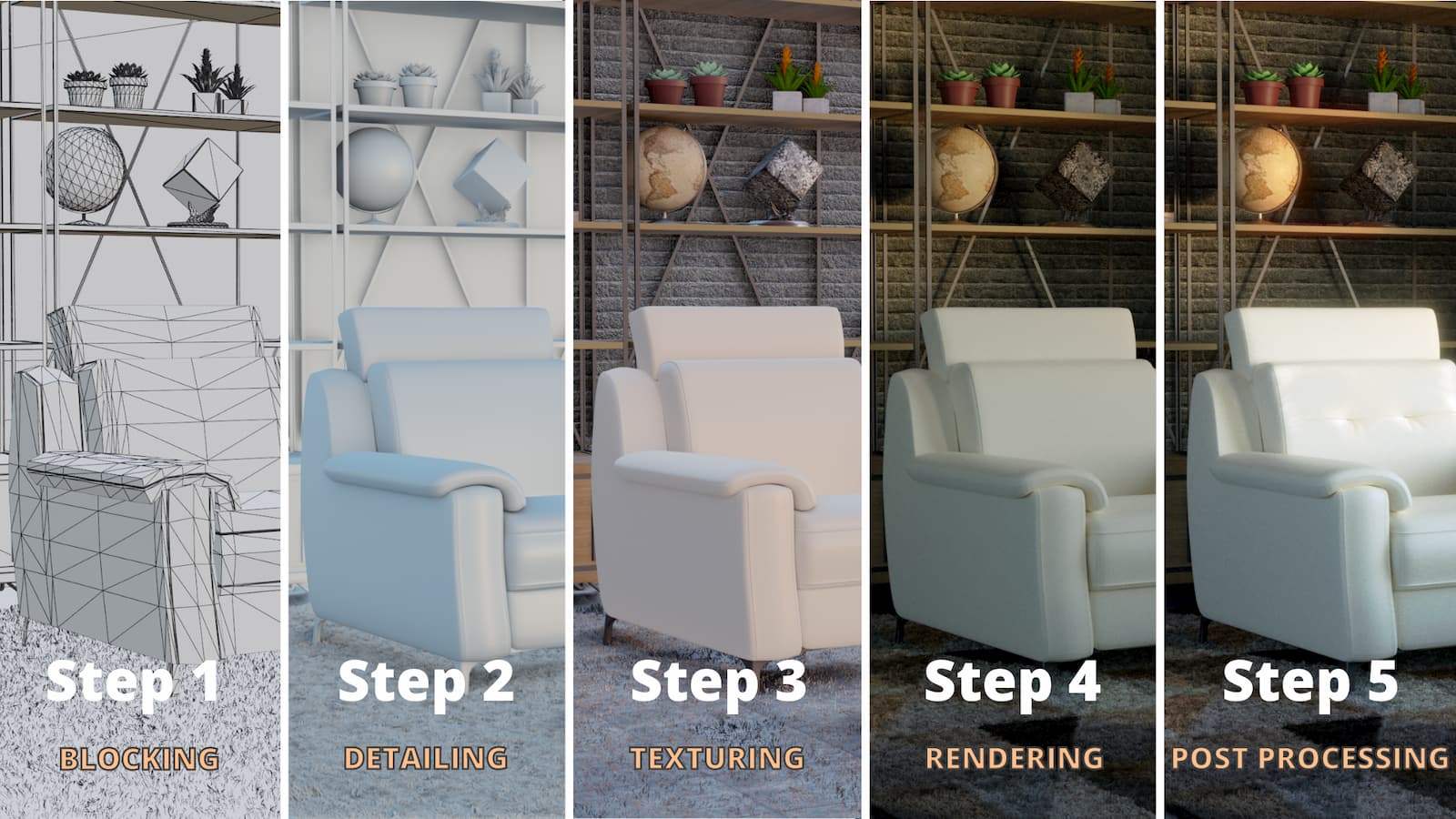
3D Modeling Process
The 3D modeling process begins with the material created in the animation pipeline’s design component, which depicts the form of each object in detail. Drawings and sculptures make up the majority of the design data. A modeling artist’s task is to copy the geometry of these things in 3D modeling software.
5 Types of 3D Modeling Techniques
Algorithms – ordering instructions for addressing specific issues – are essential to modeling processes. To develop any model, you need to employ a particular algorithm. There are five types of 3D modeling techniques on the market nowadays. Each company will have different 3D modeling techniques to meet the various demands of customers. Click on this article to learn more about the best 3D modeling service providers. Now, let’s walk through these five special kinds of modeling methods:
Box Modeling
Box modeling is a standard method for character creation. It is a quick way to make simple shapes. In Box Modeling, everything begins with a cube. The artist extrudes the character’s bodily characteristics, such as the arms, legs, fingers, etc. By adding information to the entire shape, the 3D model will improve a lot.
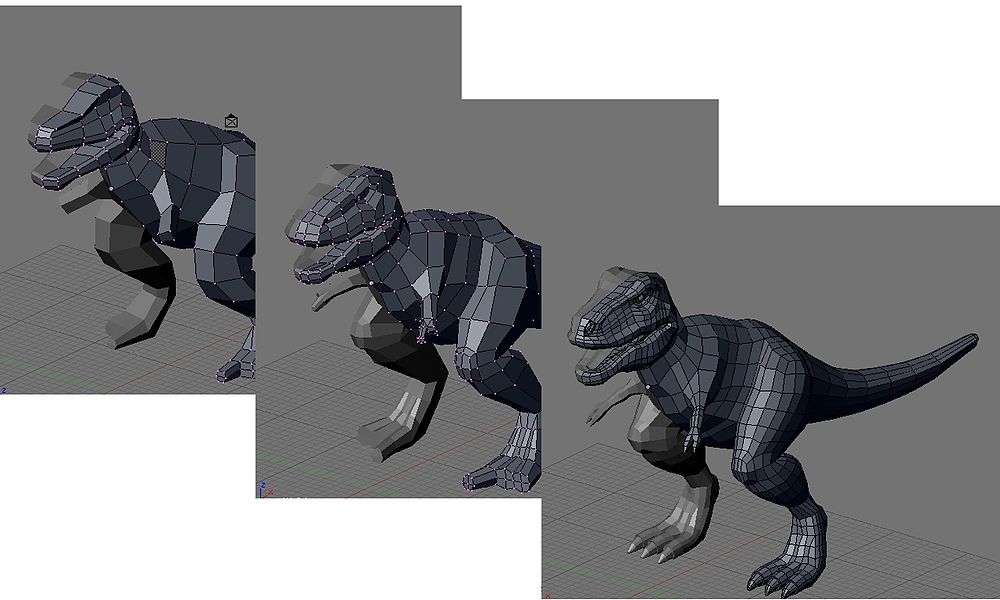
Box Modeling
Subdivision surface is helpful in conjunction with box modeling. Subdivision surface is a modeling approach that inserts additional geometry between the edges, vertices, and faces that we edit using standard modeling tools. The geometry we control becomes a cage in which we form the subdivided version of our item.
Digital Sculpting
Digital sculpting is a relatively recent modeling technique that uses a method similar to clay modeling in the real world. Since its launch, it has transformed the workflow of many 3D modelers, allowing them to focus on producing art rather than becoming bogged down by the technical limits of 3D modeling. 3D artists cannot utilize high-resolution models built using this approach directly in a 3D animation. Instead, 3D artists must construct a low-resolution retopology model.
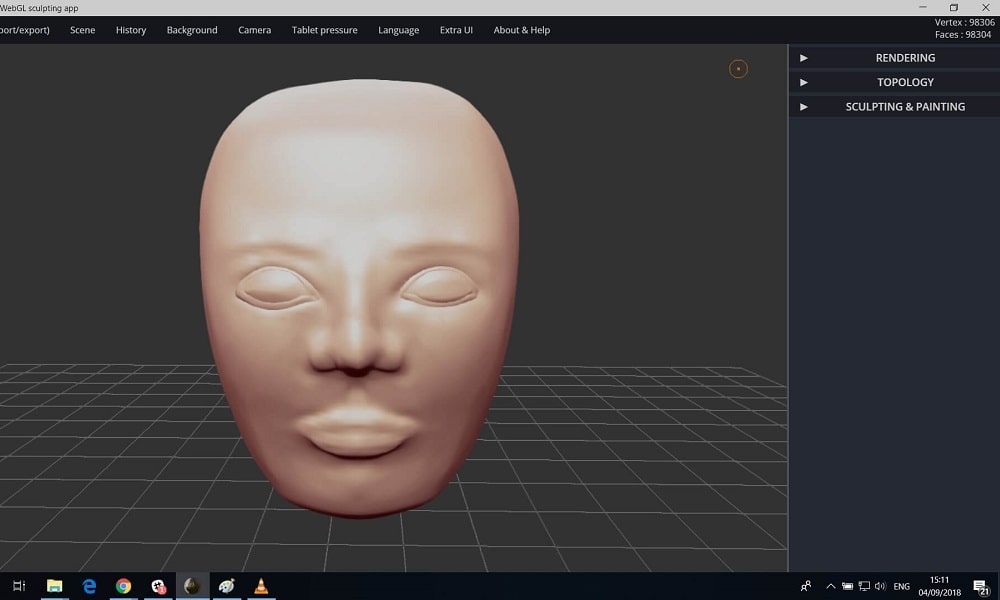
Digital Sculpting
There are several forms of sculpting. We may sculpt the mesh as is, moving the vertices, edges, and faces around to form them according to the brush. Using this strategy, we must have much geometry accessible from the beginning. Otherwise, we will quickly reach the limit of how much information our geometry can carry.
Boolean Modeling
In the entertainment sector, boolean modeling is not a common strategy. In this method, the geometry of an object is generated by merging two things and creating a new one, either by cutting one out of the other, joining the two (3d modeling techniques for joints), or using the intersection’s negative space as the new object.
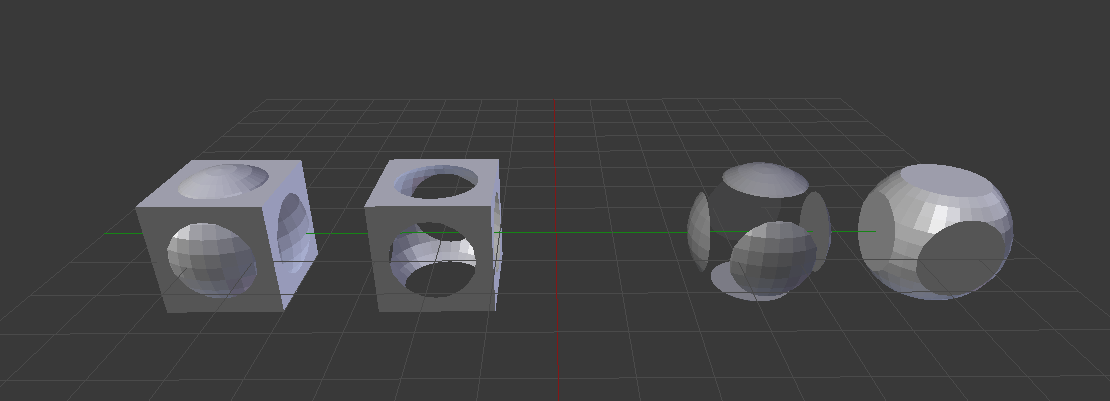
Boolean Modeling
We begin with a model and trim away or add additional objects to it to build a new shape with boolean modeling, closely related to boxing modeling. We frequently combine the two approaches.
Typically, we model fundamental forms with boxes and combine them with boolean operations. We have three functions to deal with: difference, union, and intersect.
Boolean may construct forms that would be difficult to replicate using other modeling approaches. We can cut away or join circular or curved forms and square hard-surface shapes.
Polygon Modeling
Polygon modeling is a 3D modeling technique that is quite similar to box modeling. The difference is that we often begin with a single vertex or a basic form with no depth. Then we piece by piece construct our model. We frequently employ the same techniques as box modeling but in a more detailed manner.
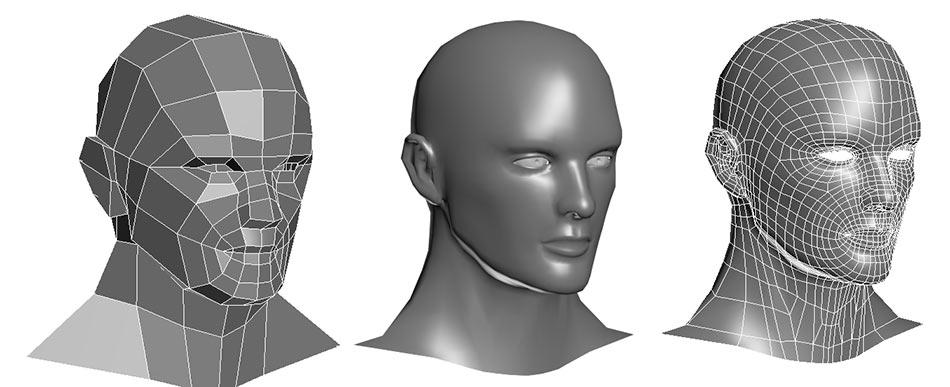
Polygon Modeling
The focus here is on doing a lot more with edges and vertices. The objects we make with this approach still have a hard surface but have more organic forms. Polygon modeling, like box modeling, frequently emphasizes using squares in the topology.
NURBS Curves Modeling
NURBS (Non-uniform rational B-spline) geometry is a mathematical model that employs smooth curves as guideposts that span a surface between them. NURBS models are excellent at depicting soft, rounded forms, yet, they have restrictions that make them more difficult to employ than polygons. NURBS modeling is becoming used in the product visualization and architectural industries.
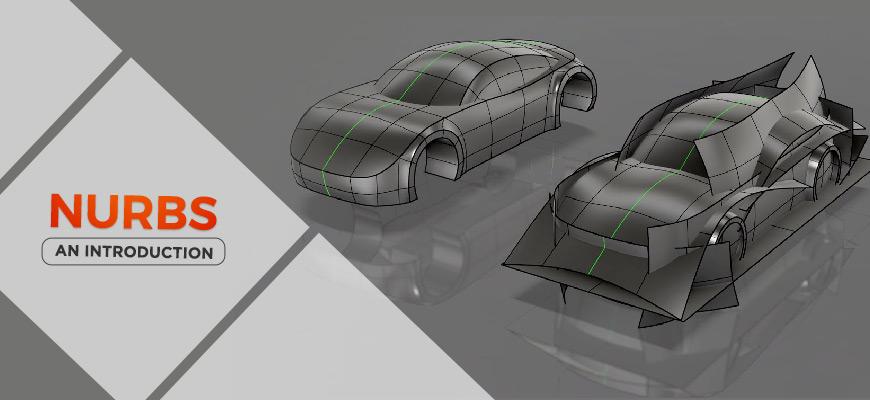
NURBS Modeling
Consider the following scenario: you wish to 3D print an item. In this scenario, you may scale up a polygon model that we produced using box or polygon modeling. Those faces and triangles will become evident as you scale up a raster-based image.
Nurbs, however, allows us to scale the model up and down while keeping the curves smooth, which may be considered the 2D counterpart of vector art.
Through the article above, readers can gain a lot of helpful knowledge about some 3D modeling techniques. As you can see, these techniques play an essential role for 3D artists when creating 3D models. Therefore, users need to consider carefully before choosing one of the mentioned methods.
